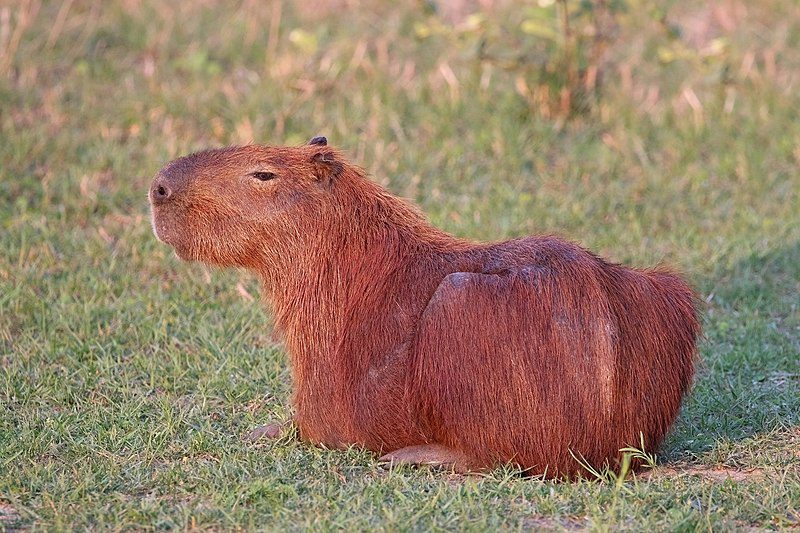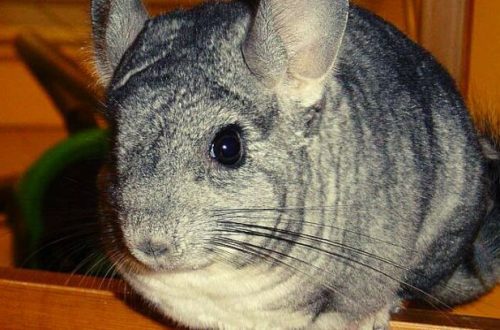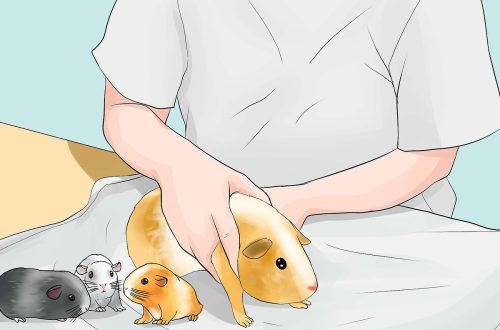
Relatives: capybara
Capybara, or capybara (Hydrochoerus Hydrochaeris), belongs to the family of capybaras, or capybaras (Hydro-choeridae), which includes only one genus with two species.
It is the largest rodent in the world. Reaches a length of 1,25 m and a weight of 50 kg. The skin of a capybara, or capybara, is covered with brown bristly hair with a reddish tint. The limbs are quite long, the muzzle is bluntly ending, the ears are short. Between the fingers there are swimming membranes, thanks to which the capybara, or capybara, swims and dives excellently. It does not run very fast, but when frightened, it is able to take flight with lightning-fast jumps. Lives in wooded areas near rivers in equatorial South America, east of the Andes. Its main enemies in the water are alligators, and on land – jaguars. It comes out for food day and night. It feeds on grass, bark, aquatic plants. Once a year, after a pregnancy lasting 104-111 days, the female gives birth to 3-8 cubs, which quickly become independent.
Capybara (Hydrochoeridae capybara) At home, in South and Central America, this rodent is called capybara (Hydrochoeridae capybara), as well as korpincho, caprincho, capigua, poncho or chiguire.
In many places capybaras are hunted for their meat and their numbers are declining. Caught animals quickly become tame and can even make friends with dogs. People who kept capybaras in captivity note the amazing meekness and affection of animals.
Capybara (Hydrochoeridae capybara) Here is how J. Durrell describes the capybara in his work “The Hounds of Bafut”: “… capybaras are remarkable in that they are the largest rodents on Earth. What this means can only be understood by comparing them with some of their smaller relatives. An adult capybara is four feet long, two feet tall, and weighs over a hundred pounds. After all, it’s just a giant next to a baby mouse, which is only four and a half inches from tail to tip of nose, and weighs about one-sixth of an ounce!
Capybara (Hydrochoeridae capybara) This giant rodent is a fat animal with an elongated body, covered with coarse, shaggy hair of mottled brown colors. The front paws of the capybara are longer than the hind ones, the massive rump does not have a tail, and therefore it always looks like it is about to sit down. She has large paws with wide webbed toes, and the claws on the front paws are short and blunt, surprisingly resembling miniature hooves. Her appearance is very aristocratic: her flat, broad head and blunt, almost square muzzle have a complacently protective expression, giving her a resemblance to a pensive lion. On the ground, the capybara moves with a characteristic shuffling gait or waddles at a gallop, while in the water it swims and dives with amazing ease and agility.
The capybara is a phlegmatic, good-natured veggie, armed with huge bright orange incisors, sharp and wide, like a penknife, devoid of the bright individual features inherent in some of its relatives, but this deficiency is made up for by a calm and friendly disposition.
Capybara, or capybara (Hydrochoerus Hydrochaeris), belongs to the family of capybaras, or capybaras (Hydro-choeridae), which includes only one genus with two species.
It is the largest rodent in the world. Reaches a length of 1,25 m and a weight of 50 kg. The skin of a capybara, or capybara, is covered with brown bristly hair with a reddish tint. The limbs are quite long, the muzzle is bluntly ending, the ears are short. Between the fingers there are swimming membranes, thanks to which the capybara, or capybara, swims and dives excellently. It does not run very fast, but when frightened, it is able to take flight with lightning-fast jumps. Lives in wooded areas near rivers in equatorial South America, east of the Andes. Its main enemies in the water are alligators, and on land – jaguars. It comes out for food day and night. It feeds on grass, bark, aquatic plants. Once a year, after a pregnancy lasting 104-111 days, the female gives birth to 3-8 cubs, which quickly become independent.
Capybara (Hydrochoeridae capybara) At home, in South and Central America, this rodent is called capybara (Hydrochoeridae capybara), as well as korpincho, caprincho, capigua, poncho or chiguire.
In many places capybaras are hunted for their meat and their numbers are declining. Caught animals quickly become tame and can even make friends with dogs. People who kept capybaras in captivity note the amazing meekness and affection of animals.
Capybara (Hydrochoeridae capybara) Here is how J. Durrell describes the capybara in his work “The Hounds of Bafut”: “… capybaras are remarkable in that they are the largest rodents on Earth. What this means can only be understood by comparing them with some of their smaller relatives. An adult capybara is four feet long, two feet tall, and weighs over a hundred pounds. After all, it’s just a giant next to a baby mouse, which is only four and a half inches from tail to tip of nose, and weighs about one-sixth of an ounce!
Capybara (Hydrochoeridae capybara) This giant rodent is a fat animal with an elongated body, covered with coarse, shaggy hair of mottled brown colors. The front paws of the capybara are longer than the hind ones, the massive rump does not have a tail, and therefore it always looks like it is about to sit down. She has large paws with wide webbed toes, and the claws on the front paws are short and blunt, surprisingly resembling miniature hooves. Her appearance is very aristocratic: her flat, broad head and blunt, almost square muzzle have a complacently protective expression, giving her a resemblance to a pensive lion. On the ground, the capybara moves with a characteristic shuffling gait or waddles at a gallop, while in the water it swims and dives with amazing ease and agility.
The capybara is a phlegmatic, good-natured veggie, armed with huge bright orange incisors, sharp and wide, like a penknife, devoid of the bright individual features inherent in some of its relatives, but this deficiency is made up for by a calm and friendly disposition.





